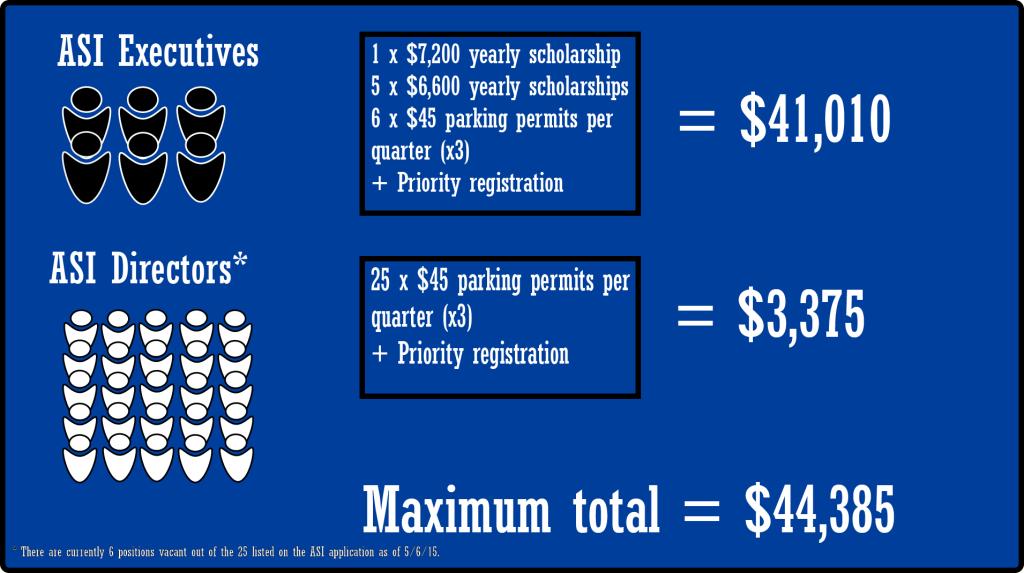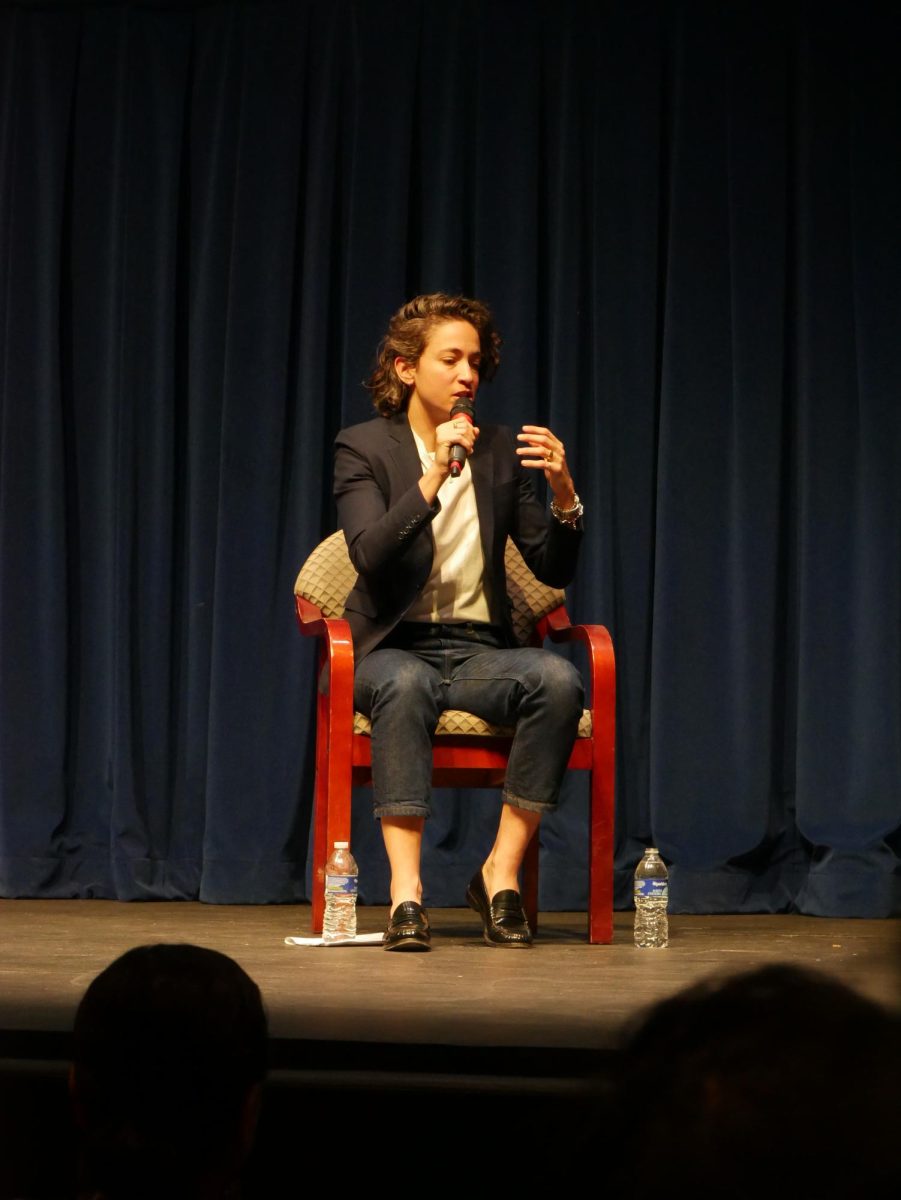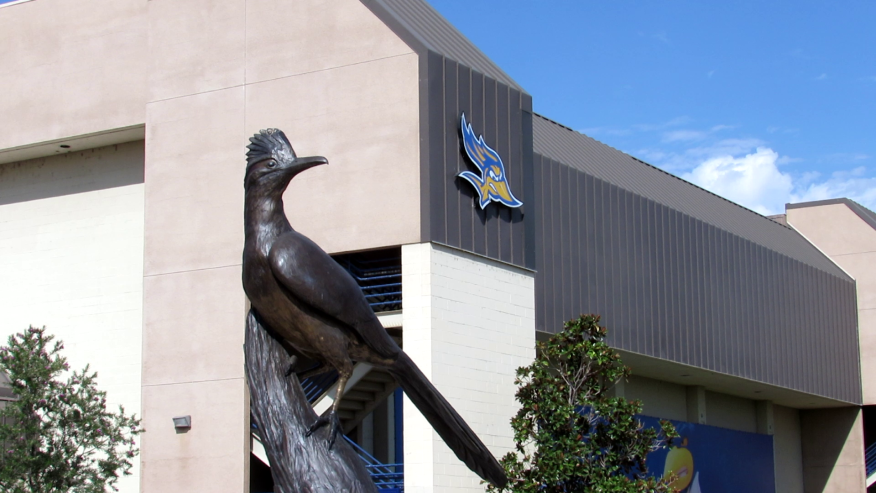By Steven Barker
News Editor
When the Associated Students Incorporated elections end on May 14, the victorious executives and directors can expect to receive up to a combined $44,385 in financial benefits in the following year.
That amount accounts for a $7,200 yearly scholarship awarded to the ASI President, a $6,600 yearly scholarship for each of the five remaining executives and one free parking pass per quarter awarded to each ASI executive and director.
Representatives also receive priority registration, but since there is no financial value attached to faster enrollment, this benefit has been excluded from calculations.
The ASI budget, of which representative benefits are included, is funded by an ASI fee that is paid for alongside tuition. The ASI benefits comprise almost 12 percent of ASI’s total budget.
While ASI president Derek Stotler said that the scholarship totals might seem excessive to some students, he said that their per-hour compensation is low relative to the amount of office hours they hold.
“We are required to do at least 10 hours per week, and we are required to work 51 weeks per year,” Stotler said. “I usually do about 20 hours a week. If we multiply 20 hours a week by 51 weeks, we get 1,020 hours. If you divide that by my scholarship amount, I’m making much less than minimum wage.
“To obtain this job, I took a huge pay cut. But it’s for the cause. The reason why we stay is not because we have to; we just love to do what we do.”
Mike Kwon, the executive vice president of ASI, added that receiving a scholarship motivates him to work harder for the students he represents.
“The scholarship not only motivates all executives to work harder for every single cent because students are putting their money in that pile, but it also provides a cushion, where we can go to school and still do our responsibilities as executives offers,” Kwon said.
Kwon said he and Stotler have had discussions about potentially reducing the scholarship totals, although he said such a decision seems unlikely.
No Shrinkage in Size
Despite six current vacancies among director positions, Kwon and Stotler said they feel comfortable with ASI’s size.
Currently, there are six executive positions and 25 director positions.
“I think it’s a good number,” Stotler said. “One piece of the mission of ASI is to develop tomorrow’s leaders. If we can get as many people as possible in those positions and get them experience, then that’s good.”
Kwon agreed, adding that the leaders who join ASI have great ideas that can benefit students. “For me, that number actually excites me,” Kwon said. “I see within the directors so much potential, so much initiative in that one area.”
Contrarily, Ricardo Perez, vice president of external affairs, said he would like to see ASI decrease in size. Perez said that, on the whole, directors are undertrained or are not properly oriented regarding their position’s responsibilities.
“A lot of the people I talk to think there are too many directors,” Perez said. “We don’t even know what some of the people do. It’s sad, but someone might have a title, but what does that mean?”
No names were given as to who else felt ASI was too large.
“I feel as though our board members, and board members that we appoint, don’t necessarily understand or even understand [what they are expected to do],” Perez added.
While not in response to Perez, Stotler mentioned that ASI’s size is sometimes difficult to manage.
“Is the size tough to manage? Yes,” Stotler said. “But that’s why we have executive officers who manage four-to-five people.”













